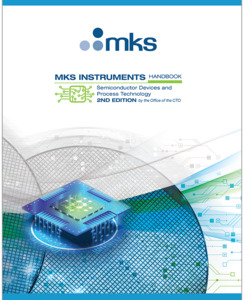Electrical Characteristics of Solids
When it comes to electrical characteristics, solid matter falls into one of three categories (Table 1): it is either a conductor, an insulator, or a semiconductor, depending on whether or how well it conducts electricity. Conductors have many "mobile charge carriers", e.g., negative electrons. These are not strongly bound to individual atoms and they can be easily made to flow through the conductor by the application of an electrical potential. Examples of solid conductors include all of the familiar metals, along with semi-metals such as graphite, α-tin, bismuth, antimony and arsenic. Insulators, on the other hand, have their electrons tightly bound to the atoms; it takes a great deal of energy (i.e., a very high electrical potential) to remove them from the atoms so that they can flow through the material. Examples of insulators include glass, ceramics, plastics and wood.
| Conductors |
|
| Insulators |
|
| Semiconductors |
|
Table 1. Conductors, insulators and semiconductors.
Semiconductors lie between these extremes of electrical conductivity. They are high purity crystalline materials that conduct electricity under relatively low electrical potential (when compared to insulators), without the high electrical conductivity of metals. When certain impurities are added to the crystal matrix of a semiconducting material, they contribute mobile charge carriers (either electrons or holes) that can dramatically increase the electrical conductivity of the semiconductor under the proper conditions. Semiconducting materials include elements such as silicon and germanium, along with compound (i.e. multi-element) semiconductors such as gallium arsenide (GaAs), gallium nitride (GaN), silicon carbide (SiC), indium antimonide (InSb), and indium phosphide (InP). Figure 1 shows a Periodic Table of the Elements. The elemental semiconducting materials are all from Group IVA in this table, while compound semiconducting materials are formed through the combination of elements from Groups IIIA and VA (commonly referred to as III-V semiconductors) or Groups IIB and VIA (II-VI semiconductors).
Figure 1: Periodic Table of the Elements.
Related Topics
Semiconductor Physics
Basic Device Structures
For additional insights into semiconductor topics like this, download our free MKS Instruments Handbook: Semiconductor Devices & Process Technology
Request a Handbook
 Ultra-High Velocity
Ultra-High Velocity